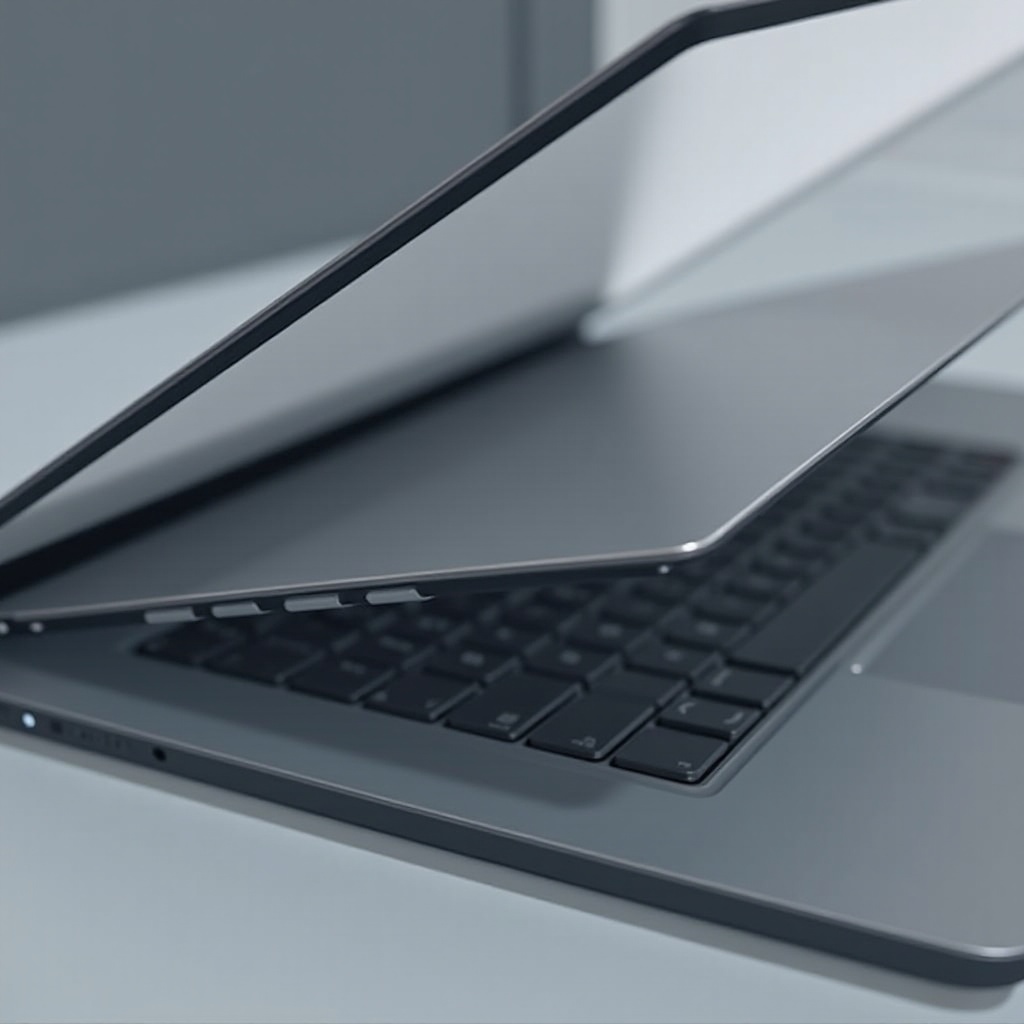Introduction
Experiencing a loose laptop screen can be frustrating, especially when it hampers your ability to work efficiently. A wobbly or unstable screen not only interrupts your productivity but also poses a risk of further damage to your device. Thankfully, addressing this issue doesn’t necessarily demand a trip to the repair shop. With some basic tools and a bit of patience, you can resolve the problem yourself. This comprehensive guide will equip you with everything you need to know to fix your loose laptop screen, ensuring it remains sturdy and reliable. We’ll cover each step in detail, providing the confidence you need to tackle this common issue independently.

Understanding the Problem
Before diving into the repair, it’s crucial to grasp the underlying cause of a loose laptop screen. Your laptop’s screen hinges are designed to enable smooth opening and closing while maintaining the screen’s rigidity. However, over time, these hinges may become loose due to frequent use, accidental impacts, or carrying the laptop around. A loose screen might start as a minor annoyance but can escalate into a significant problem, potentially leading to further hardware damage. Recognizing the significance of swift intervention can save you from more extensive repairs down the line. With this understanding, we can now proceed to gather the necessary tools and begin the repair process.

Tools You Will Need
To ensure a smooth repair experience, collect the following tools:
- A small Phillips head screwdriver
- A flathead screwdriver (optional)
- Tweezers
- A soft cloth
These tools should cover the basics, allowing you to handle the repair effectively without unnecessary interruptions.
Step-by-Step Repair Guide
Step 1: Power Down and Prepare Your Laptop
- Power down: Ensure your laptop is fully shut down and disconnected from any power source. Prioritizing safety is crucial.
- Set up your workspace: Choose a clean, flat surface for the work. Utilize the soft cloth to safeguard your laptop against scratches.
Step 2: Access the Hinges and Screws
- Remove the bezel: Gently pry away the plastic frame encasing your screen using your fingers or a flathead screwdriver.
- Locate screws: Identify the screws securing the screen and hinges, typically situated along the sides or behind the hinge area.
Step 3: Tighten the Screws and Hinges
- Examine and tighten: Use the Phillips head screwdriver to secure any loose screws delicately, avoiding stripping them.
- Inspect the hinges: Ensure the hinge mechanism operates smoothly. If stiffness is noted, consult your device manual or the manufacturer’s website for further guidance.
Upon completing these steps, your screen should regain its stability. Be meticulous when reassembling your laptop, ensuring the bezel is placed snugly back into position.
Connecting Maintenance and Prevention
Maintaining your laptop in excellent condition requires consistent care beyond the repair itself. Being gentle with the laptop’s screen, avoiding abrupt closures, and minimizing stress on the hinges are essential practices. Consider investing in a durable laptop bag for protection during transit. Regularly monitor hinge tightness and clean the screen’s vicinity to prevent debris build-up, which can hinder hinge operation. Implementing these practices enhances your laptop’s lifespan and performance.

When to Seek Professional Help
If the issue persists despite following the steps, or if you observe damage to the hinges or screen, consulting a professional is advisable. Attempting advanced repairs without proper tools or expertise may exacerbate the problem. A qualified technician can provide a detailed diagnosis and repair, ensuring your laptop functions seamlessly.
Conclusion
With the guidance provided in this article, fixing a loose laptop screen is both achievable and practical. By utilizing the outlined steps, you can reestablish your laptop’s stability and thwart further damage, ultimately saving time and expense. However, should you feel uneasy or find these steps inadequate, reaching out to a professional is a wise choice to maintain your device’s integrity and longevity.
Frequently Asked Questions
How can I tell if my laptop screen is loose?
A loose laptop screen tends to wobble when typing or adjusting angles. It may not hold its position and often needs readjusting.
Is it safe to fix a loose laptop screen by myself?
Yes, it is generally safe if you follow a guide carefully, use appropriate tools, and power down and unplug your laptop before repair.
What should I do if tightening the screws doesn’t fix the issue?
If the problem persists after tightening the screws, the hinges may be damaged. It’s recommended to seek professional repair services.